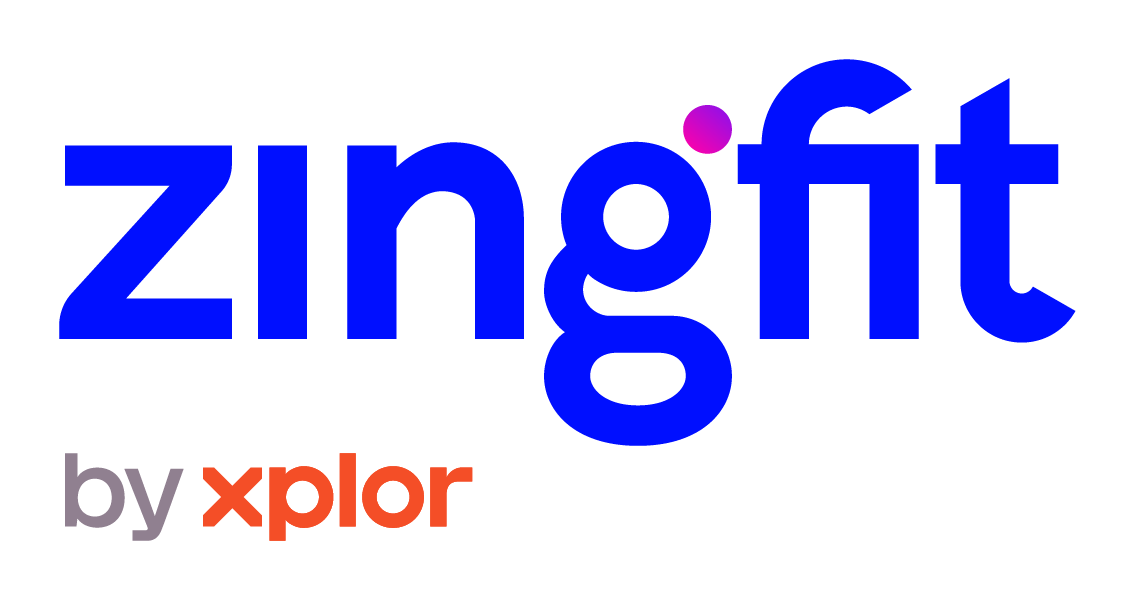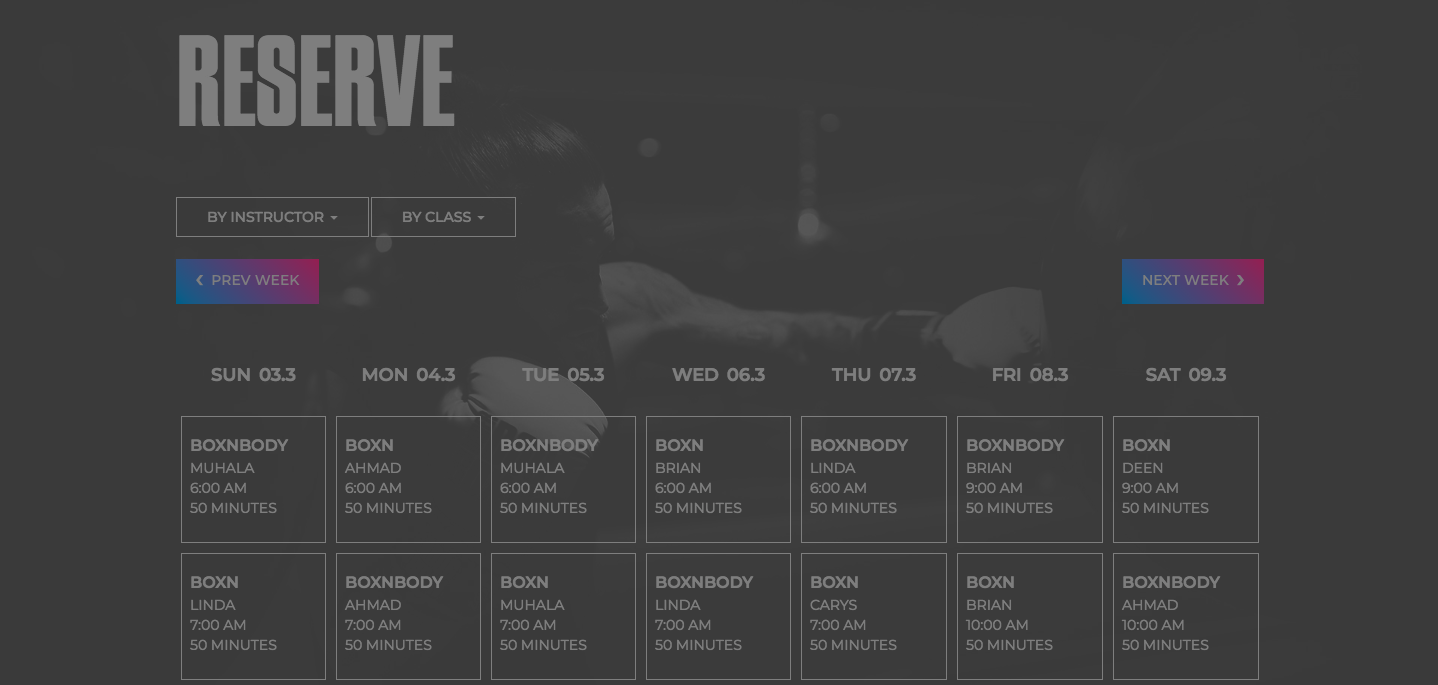In 2020, it’s unthinkable if your website doesn’t showcase your brand in the best possible light—with a completely seamless customer journey from start to end.
The digital world is where almost every business makes its first impression. And this is very true of the boutique fitness industry, people search for a studio online, through their phones, tablets or laptops…they find a good-looking studio that offers a class they’re interested in…they purchase their intro package…and they book into class.
Many studios do an incredible job of designing a beautiful website, however, they fail when integrating their scheduling and studio management software.
If your website’s homepage is your digital window-front, then your scheduling page is the digital doorstep.
You know the story: You just signed a fat check for your web developer/designer, you got your logo, the content is looking pretty great, and then you take a second look at the scheduling pages. You start to worry that this entire section of your site will feel clunky and, worst of all, clash with your brand’s identity. And when you dig into it, most fitness industry software, scheduling pages do not even sit on your domain, so you have little visibility into customer journey data.
Your digital doorstep better be appealing, damn easy to use, and tracking how many people are perusing and buying.
At zingfit, we hate seeing premium brands with unbranded and data-ignorant scheduling. It really grinds our gears. It really throws our ujjayi breath out of whack. We lose our form. We stop bending our knees and we forget to exhale on the push!
So we solved this for you, by giving you back total control of your brand identity and digital presence.
We created a simple way to integrate our beautiful fitness scheduling software with your website.
Instead of marring your site’s gorgeous veneer, our booking software actually serves to enhance it, among other amazing things.
OK, so how did zingfit take these boutique studio business requirements and create an elegant technical solution?
For starters, what is an “integration” anyway?
Simply put, an integration is how one piece of software can work within the context of another piece of software. For example, how the zingfit scheduling and management platform can work on your website whether or not they are hosted in the same place.
Next, what is an iframe?
An iframe is essentially a “window” placed in a website that loads another website through it. This concept was first introduced in HTML4, and has been greatly improved with advent of HTML5 (the current version of HTML).
Why do I want to use an iframe?
The plain and simple reason to use an iframe for the booking portion of your website is to create a seamless, fully branded journey for your customers — from the moment they first see your homepage through the successful feeling they get upon confirmation of their class bookings.
Are there any downsides to iframes on my website?
It’s important to note that not all iframes are created equal. Iframes have a certain set of characteristics that, depending on your underlying site architecture, might not be for you. However, if you are working with an amazing platform (i.e. zingfit), then an iframe might be the best and easiest way to get the code you need onto your website.
Is zingfit’s frame really that great?
Yes! Our iframe incorporates some really innovative concepts, allowing studios to take full advantage of customization and branding, digital tracking such as Google Analytics and Facebook pixel, as well as providing our customers with the ability to create whatever user flow and user experience they’d like.
See for yourself. Here’s one of the latest iframe integrations by a zingfit client, UNDERDOGBOXN. We love how it looks!
Want to really see for yourself?
Book a demo today with our sales team!




